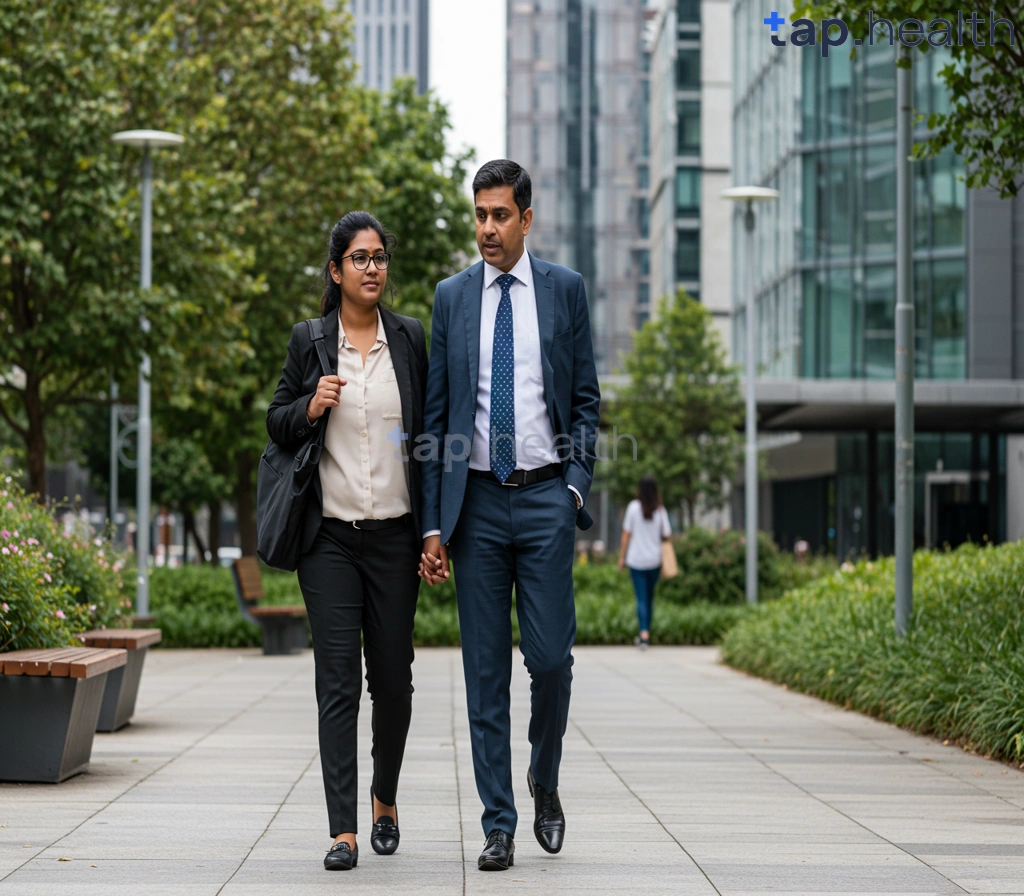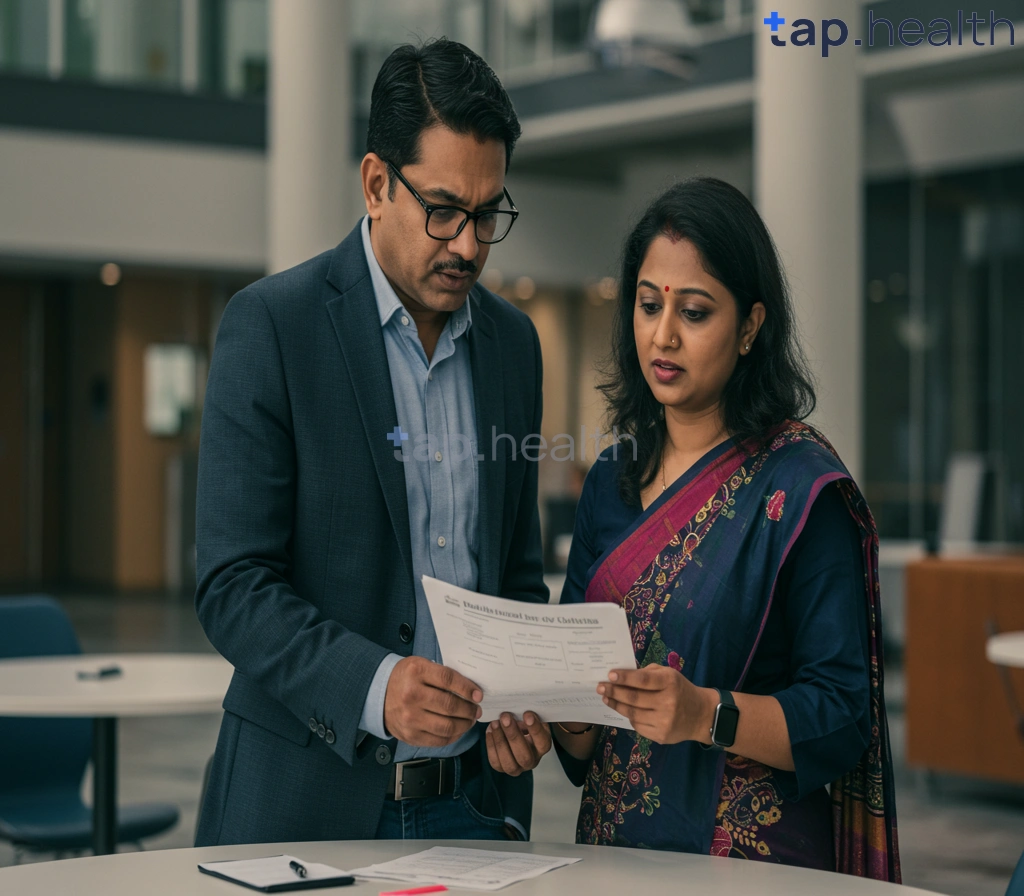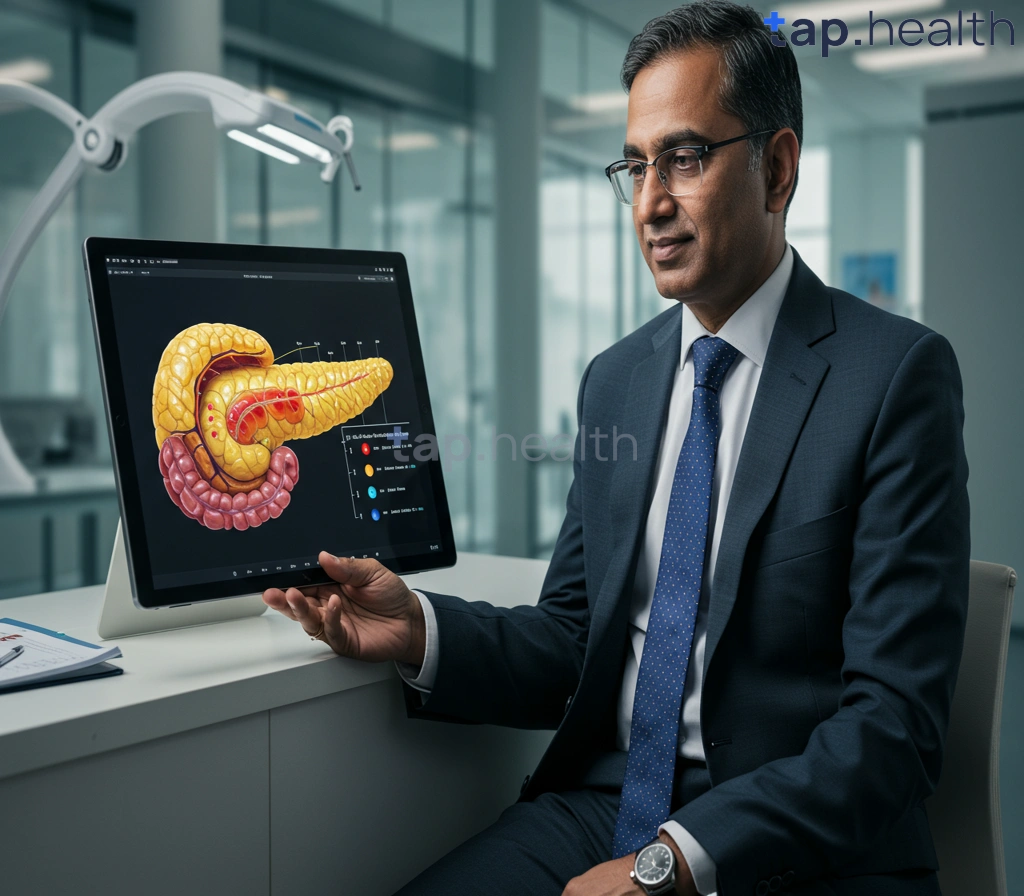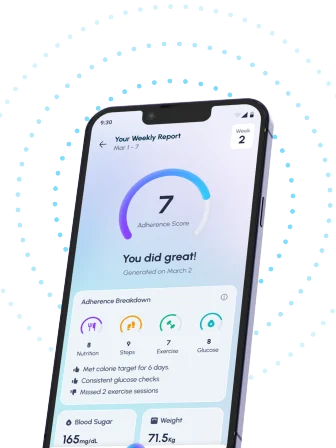Table of Contents
- Understanding Hyperglycemia: A Comprehensive Guide
- Hyperglycemia Symptoms: Recognizing High Blood Sugar
- Causes of Hyperglycemia in Diabetes: What You Need to Know
- Managing Hyperglycemia: Effective Strategies for Blood Sugar Control
- Hyperglycemia vs. Hypoglycemia: Spotting the Differences
- Frequently Asked Questions
Living with diabetes can feel like navigating a complex landscape, and one of the most crucial aspects to understand is hyperglycemia. Understanding hyperglycemia: symptoms, causes, and management in diabetes is key to effectively managing your condition and preventing serious complications. This blog post will break down everything you need to know about high blood sugar, from recognizing the warning signs to exploring effective treatment strategies. We’ll cover practical tips and actionable advice to help you take control of your health. Let’s delve into the details and empower you to live a healthier, more fulfilling life with diabetes.
Understanding Hyperglycemia: A Comprehensive Guide
What is Hyperglycemia?
Hyperglycemia, or high blood sugar, isn’t just a medical term; it’s a reality for millions worldwide, impacting a significant portion of the Indian population. It happens when your body struggles to produce or effectively use insulin, leading to a glucose buildup in your bloodstream. Think of it like a traffic jam – glucose is stuck, unable to reach the cells that need it for energy. Managing hyperglycemia is crucial for preventing serious complications, especially since many people with diabetes in India also face hypertension – a dangerous combination. For more on diabetes in India, check out the International Diabetes Federation – India. And to understand normal blood sugar levels, see our guide: Is a 100 mg/dL Blood Sugar Level Normal? Comprehensive Guide.
Recognizing the Symptoms
The symptoms can be sneaky. Increased thirst and frequent urination are common red flags. You might also notice unexplained weight loss, blurred vision, and persistent fatigue. In severe cases, hyperglycemia can lead to diabetic ketoacidosis (DKA), a life-threatening emergency. In hot, humid climates like much of India, dehydration can worsen these symptoms – so staying hydrated is extra important.
Causes and Risk Factors
Hyperglycemia isn’t just about genetics; lifestyle plays a huge role. A diet packed with refined carbs and sugars, lack of physical activity, and stress all contribute. In India, this is especially relevant. The widespread availability of sugary drinks and processed foods is a significant factor contributing to the high prevalence of diabetes.
Managing Hyperglycemia in India and Tropical Climates
Effective management isn’t one-size-fits-all. It’s about making lifestyle changes tailored to your environment. Prioritize a balanced diet incorporating whole grains, fruits, and vegetables readily available in Indian cuisine. Regular exercise, even short walks, makes a difference. And stay hydrated, especially in tropical climates, to combat the dehydrating effects of high blood sugar. Most importantly, consult your doctor for personalized advice and regular blood sugar monitoring. Proactive management is your best defense against long-term complications.
Hyperglycemia Symptoms: Recognizing High Blood Sugar
Understanding the Warning Signs
High blood sugar, or hyperglycemia, is a serious concern, especially in places like India and other tropical countries. It often sneaks up on you. Early symptoms can be subtle—easily dismissed as something else. Think extreme thirst (we’re talking constantly needing a drink) and frequent trips to the bathroom. Your kidneys are working overtime to flush out all that extra sugar in your blood. It’s like your body’s trying to tell you something!
Recognizing More Overt Symptoms
As your blood sugar climbs, the signs become harder to ignore. Unexpected weight loss, even if you’re eating more, is a major red flag. Feeling bone-tired all the time and experiencing blurred vision are other common complaints. In severe cases, you might even notice a fruity smell on your breath – that’s ketoacidosis, a dangerous situation needing immediate medical attention.
Hyperglycemia in the Indian Context
In India and similar climates, many initially mistake these symptoms for common illnesses, delaying crucial treatment. The heat already makes you thirsty, so recognizing the excessive thirst of hyperglycemia can be tricky. That’s why raising awareness is so critical—it’s about recognizing the patterns.
Taking Action
Regular blood sugar checks are your best defense. A normal fasting blood sugar is 70–99 mg/dL. Readings between 100–125 mg/dL hint at prediabetes, while 126 mg/dL or higher signals diabetes. If you notice these symptoms, don’t delay: see a doctor. Early action prevents serious problems and keeps you healthy. For more tips on managing blood sugar, check out this helpful resource: how to maintain healthy blood sugar levels.
Causes of Hyperglycemia in Diabetes: What You Need to Know
Hyperglycemia, or high blood sugar, is a serious concern for people with diabetes, especially in places like India where diabetes is becoming increasingly common. Understanding why your blood sugar rises is key to managing it effectively. Think of it like this: managing diabetes is a bit like navigating a ship – you need to understand the currents (causes of hyperglycemia) to stay on course (maintain healthy blood sugar). Studies show a concerning number of people with diabetes have poorly controlled blood sugar, highlighting the need for better awareness and management.
Dietary Factors
Many traditional diets, especially in tropical regions, are naturally high in carbohydrates. Enjoying rice, roti, sweets, and starchy vegetables in large portions can lead to rapid blood sugar spikes. Think of it like adding a big spoonful of sugar directly into your bloodstream! Sugary drinks and processed foods only make things worse. The solution? Focus on portion control, choose complex carbohydrates (like whole grains), and make mindful food choices.
Lifestyle Choices
Busy lives often mean less movement. A sedentary lifestyle reduces your body’s sensitivity to insulin, the hormone that helps glucose enter cells. This is like having a clogged pipe – glucose can’t get where it needs to go. Stress, lack of sleep, and smoking also contribute to poor blood sugar control. Regular exercise, stress-reducing activities like yoga or meditation, and quitting smoking are game-changers.
Medication and Treatment
Sometimes, even with a healthy lifestyle, hyperglycemia happens. This could be due to inadequate medication, missed doses, or the need for adjustments to your treatment plan. Illnesses or infections can also temporarily raise blood sugar levels. Regular check-ups are essential to fine-tune your medication and management strategy.
Underlying Medical Conditions
Conditions like pancreatitis and Cushing’s syndrome can disrupt glucose metabolism, leading to hyperglycemia. Addressing these underlying health issues is crucial for better blood sugar management. It’s like fixing a leaky faucet before tackling the flood!
In conclusion, understanding the root causes of hyperglycemia is your first step to better control. Work with your doctor or a diabetes educator to create a personalized plan combining diet adjustments, exercise, and the right medication. Managing other health conditions, like high cholesterol, is also vital. For more on managing cholesterol with diabetes, check out our article: how to manage cholesterol levels with diabetes.
Managing Hyperglycemia: Effective Strategies for Blood Sugar Control
Understanding Hyperglycemia in Tropical Climates
Living with diabetes in a hot, humid climate like many parts of India presents unique challenges. The heat can dehydrate you, and dehydration directly impacts blood sugar levels. Think of it like this: your body needs water to efficiently process glucose. When you’re dehydrated, that process gets disrupted, potentially leading to higher blood sugar. Keeping your blood sugar within a healthy range—ideally below 140 mg/dL, though your doctor will help you set your personal target—is vital to prevent long-term complications. Remember, everyone’s ideal level is different, so always consult your doctor.
Dietary Adjustments for Blood Sugar Control
Eating smart is key. Embrace the abundance of fresh, local produce! Load up on low-glycemic index foods like moong dal (mung beans), leafy greens like spinach, and whole grains like brown rice. These are readily available and help prevent those nasty blood sugar spikes. Try to limit processed foods, sugary drinks, and refined carbs—they’re often hidden in many traditional dishes, so read labels carefully. Smaller, more frequent meals can be your best friend—they help keep your blood sugar levels more stable throughout the day.
Lifestyle Modifications for Effective Management
Regular exercise is non-negotiable, even if it’s just a short, brisk walk. In hot climates, prioritize early mornings or evenings to avoid the midday heat. Staying well-hydrated is crucial, especially in humid conditions. And remember to consult your doctor before starting any new exercise routine. Lastly, don’t underestimate the power of stress management. Yoga, meditation, or even deep breathing exercises can work wonders. Stress significantly impacts your blood sugar, so find what helps you relax. Aging also brings new challenges to diabetes management. Learn more here: Managing Diabetes as You Age.
Seeking Professional Guidance
Regular check-ups with your doctor and a diabetes educator are essential. They’ll help create a personalized plan that considers both your individual needs and the climate you live in. Don’t hesitate to reach out for help; proactive management is a game-changer. Open communication with your healthcare team keeps you empowered and on the path to better health.
Hyperglycemia vs. Hypoglycemia: Knowing the Difference
Understanding Your Blood Sugar
Think of your blood sugar like the fuel for your body. Hyperglycemia, or high blood sugar, is like having a gas tank overflowing – your body isn’t using the glucose (sugar) efficiently, often due to insufficient insulin or insulin resistance. This is a hallmark of diabetes. On the flip side, hypoglycemia, or low blood sugar, is like running on empty – your blood glucose levels plummet too low, leaving you feeling drained. In regions like India, with diets often rich in carbohydrates, understanding this delicate balance is vital for managing diabetes effectively. Spotting the symptoms early is key to avoiding serious complications.
Spotting the Signs: Symptoms Matter
Hyperglycemia can sneak up on you with symptoms like excessive thirst (constantly needing a drink!), frequent urination (those nighttime bathroom trips?), blurry vision, and persistent fatigue. Hypoglycemia, however, hits fast and hard, often causing shakiness, dizziness, sweating, and even confusion. Imagine experiencing these in a hot, humid climate – the effects can be amplified, making dehydration and fatigue even worse. That frequent urination with hyperglycemia? It’s a serious fluid loss in already warm conditions.
Taking Control: Your Blood Sugar Management Plan
Regular blood glucose monitoring is your best friend. It’s like checking your car’s fuel gauge! Beyond that, a balanced diet (think plenty of fresh fruits and vegetables – India’s vibrant produce is a huge plus!), regular exercise, and stress management are crucial. A healthy weight also plays a big role. Remember: a blood glucose level below 5.7% is generally considered normal; 5.7%–6.4% indicates prediabetes; and 6.5% or higher suggests diabetes. For more on weight and blood sugar, check out our article: Weight Loss and Blood Sugar Levels: Simple Connection Explained.
When to Seek Help: Don’t Delay
If you’re experiencing frequent hyperglycemic or hypoglycemic symptoms, don’t hesitate – see a doctor. Early diagnosis and management are essential to prevent long-term complications. Fortunately, access to diabetes specialists is improving in many parts of India, particularly in urban centers. Getting a personalized plan is your best investment in long-term health.
Frequently Asked Questions on Hyperglycemia
Q1. What is hyperglycemia and why is it a concern, especially in India?
Hyperglycemia, or high blood sugar, occurs when your body struggles to produce or use insulin effectively, causing glucose to build up in your blood. This is a serious concern globally, and particularly in India due to the high prevalence of diabetes and related conditions like hypertension, compounded by lifestyle factors such as readily available sugary foods and drinks.
Q2. What are the common symptoms of hyperglycemia, and how can I tell the difference between them and other illnesses?
Common symptoms include increased thirst, frequent urination, unexplained weight loss, blurred vision, and fatigue. In severe cases, diabetic ketoacidosis (DKA) may occur. In hot climates like India, symptoms can be easily mistaken for dehydration or other common illnesses; therefore, it’s crucial to pay attention to patterns and consult a doctor if you experience several symptoms.
Q3. What causes hyperglycemia, and how can I manage it through lifestyle changes and diet?
Hyperglycemia is caused by a combination of genetics and lifestyle factors. A diet high in refined carbs and sugars, lack of physical activity, and stress all contribute. Management involves lifestyle changes such as a balanced diet rich in whole grains, fruits, and vegetables (tailored to Indian cuisine), regular exercise, and stress management. Portion control and limiting sugary drinks and processed foods are crucial.
Q4. What role does my doctor play in managing hyperglycemia, and what other steps can I take to prevent long-term complications?
Regular check-ups with your doctor are vital for personalized advice, blood sugar monitoring, and medication management (if needed). Your doctor will help you create a plan to manage the condition, potentially including medication. Proactive management through lifestyle changes, regular monitoring, and adherence to your treatment plan is key to preventing long-term complications.
Q5. How can I differentiate between hyperglycemia and hypoglycemia, and when should I seek immediate medical attention?
Hyperglycemia (high blood sugar) symptoms include increased thirst, frequent urination, and blurred vision. Hypoglycemia (low blood sugar) symptoms include shakiness, dizziness, and sweating. Both conditions require medical attention, especially if symptoms are severe or persistent. Seek immediate medical attention if you experience symptoms of diabetic ketoacidosis (fruity breath, rapid breathing) or severe hypoglycemia (confusion, loss of consciousness).




